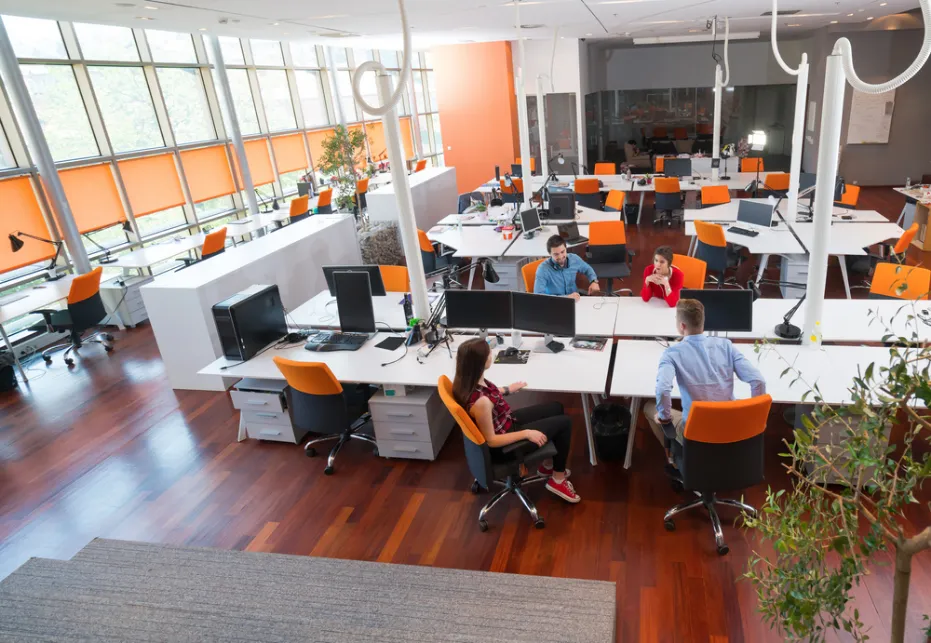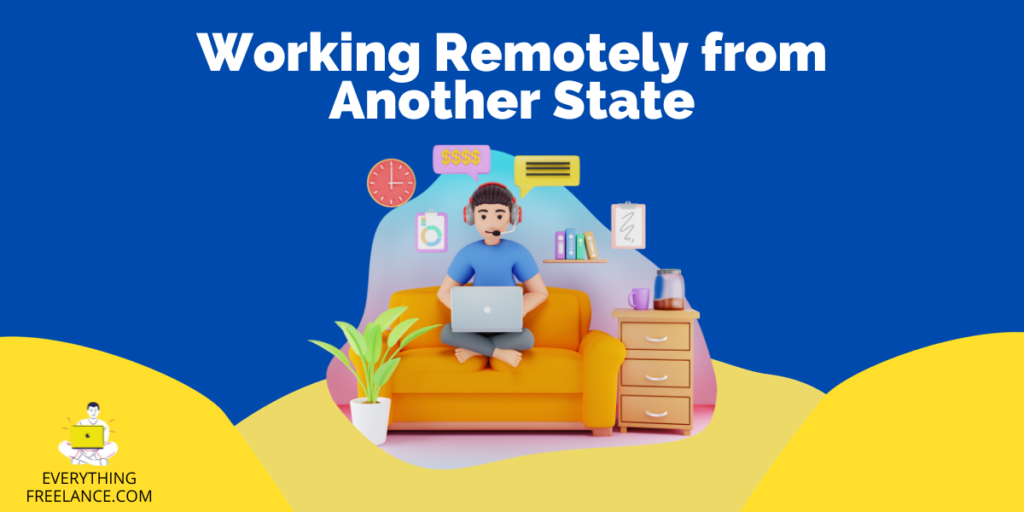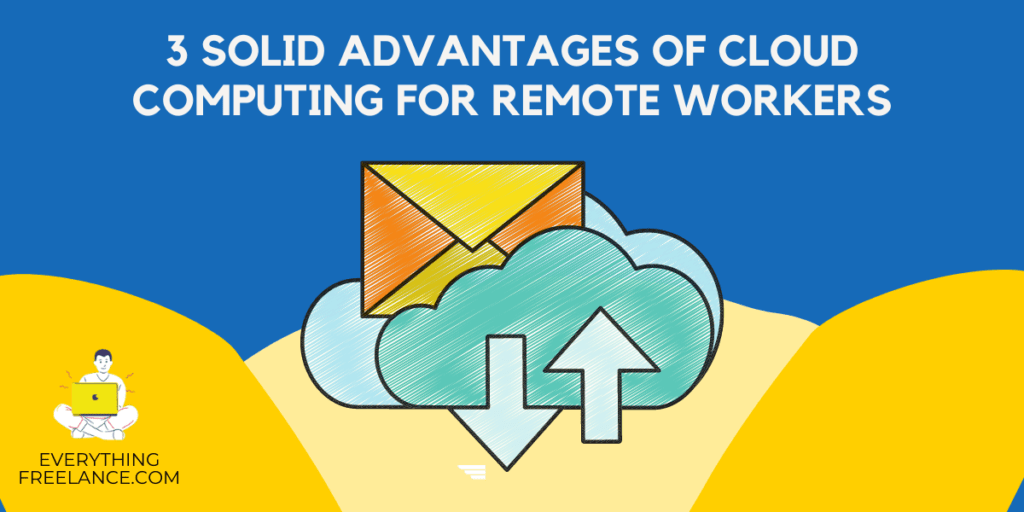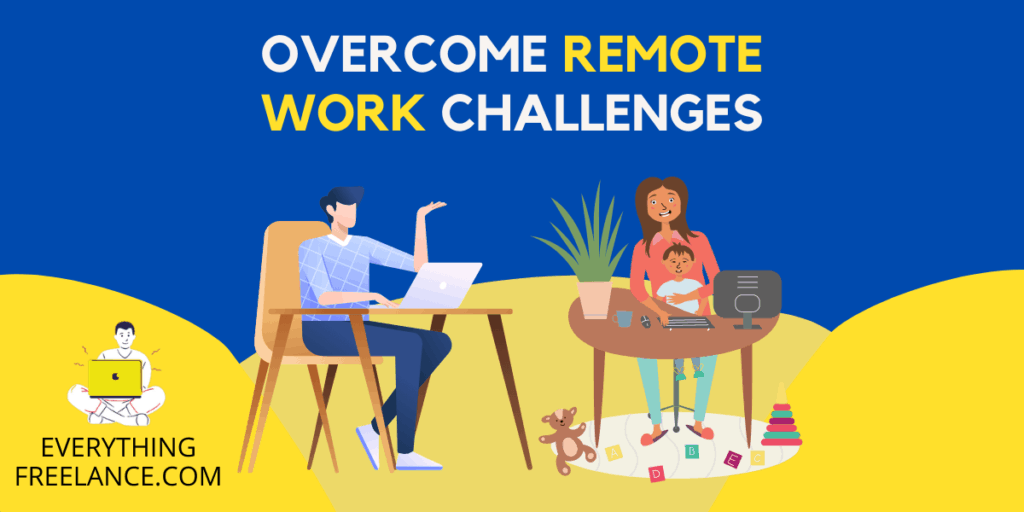The world of work has been changing since the dawn of the new millennium. But the pace and scale of that change have accelerated in recent years. Jobs and workplaces are evolving as industries transform to adapt to a knowledge-focused economy. The COVID-19 pandemic only served to accelerate these trends.
While physical offices still exist, the overall idea of where and how work needs to be done needs to be reimagined. For one, work is becoming less routine. Unfortunately, even the savviest of organizations still fall victim to the old rules of management that prioritize uniformity, control, and bureaucracy, surviving by making small tweaks here and there. But old strategies of management won’t work in a world where businesses must be agile and flexible to survive.
The onus is on employers to be the vanguard of change. It falls on organizations to chart the path of change, which requires an understanding of the work you do, who is needed to perform that work, and when, where, and how that work is done. To adequately adapt and remain competitive, business leaders must find a balance between work, the workforce, and the workplace.
And this all starts with changing how offices are structured.
What is a Coworking Space?
In a word, a coworking space is any neutral environment where people assemble to work independently or together. It could involve an arrangement where employees from different companies share an office.
Every coworking space will have the basics of a traditional office, characterized by shared amenities, services, and tools. Coworking spaces are incubators for venture capital, collaboration centers, and social spaces that allow workers from different industries to come together to explore new ideas.
As to be expected, there are quite a number of misconceptions about coworking spaces. That’s why it’s important to emphasize that coworking spaces are essentially about flexibility. Coworking changes how a workplace is structured and, consequently, how work is done, taking a major role in many companies’ shifts toward a more flexible way of working. It’s worthwhile to note that more and more workers today are also demanding more flexibility in how, when, and where they do work.

Coworking Space vs. Traditional Office – Benefits
When people think of offices, they typically envision greige walls, poorly-lit spaces, and claustrophobic cubicles. But design isn’t what makes an office traditional. It’s how you work and, to a great extent, how you rent your office space. Here are a few reasons why the flexibility inherent in coworking spaces may be advantageous for your organization.
- Cost-efficiency
A traditional office space often comes at a high price and with a long-term lease agreement. It may also require you to take care of all services and amenities required to run a functional company, from setting up equipment and furnishing to hiring a cleaning crew.
In comparison, coworking spaces come with flexible leases, providing you with the ease of downsizing or upsizing as the needs of your workforce change. What’s more, by sharing facilities with other businesses, your company will also cut down on the overheads associated with traditional office spaces.
- More collaboration and creativity
Coworking spaces excel at allowing employees, entrepreneurs, and independent contractors to escape the isolation of remote working. They create a sense of community and a social space that boost creativity and kick-start new thought processes.
Coworking spaces will allow you to innovate and grow by allowing quick collaboration to occur. They’re an opportunity to get you and your employees out of your own bubble by exposing you to different perspectives and ways of working.
- Frictionless networking
One of the biggest benefits of coworking spaces is the opportunity to connect and network with individuals, some working in similar fields and others not. Such networking opportunities can provide you with the connections you need to drive your business forward. This way, you’re better suited to unlocking opportunities and creating strong business relationships.

Coworking Space vs. Traditional Office – Disadvantages
Given the flexible, communal alternative, why do some companies opt for the traditional workplace? There are some disadvantages to coworking spaces that are worth mentioning:
- Privacy & Security
Coworking spaces are communal and collaborative in nature, which often comes at the cost of privacy. If your company deals in projects of a sensitive nature, your data may need both physical and digital security. Access control isn’t really possible in a coworking space. In a traditional office, it’s easier to control who has access to certain locations and the information therein.
- Limited scope for customization
Traditional offices are customizable in terms of design, furniture, and branding. The same cannot be said of coworking spaces, which aim to create an environment that’s welcoming to all. Not all coworking spaces may have the exact utilities your business requires. As such, it’s important to evaluate a coworking space to see if it works for you.

How to Decide Which Is the Best Fit? Traditional Office or Coworking Space?
The answer is less about the size of your business and more about your organization’s attitude toward flexibility and management control. Established businesses are more suited to a traditional office lease, some going to the extent of owning and retrofitting entire buildings.
Even then, the demographics of coworking spaces are changing. Companies, no matter their size, are recognizing the need for flexibility and collaboration and are shifting toward a more distributed way of working. Maybe you’re rethinking your workplace. Or perhaps a hybrid workplace model lies in the future of your company.
If so, your company will definitely benefit from the design features of a coworking space. When determining the best fit, it helps to think of coworking spaces as flexible offices that can adapt depending on what you need them for and as collaboration hubs designed to cater to the needs of businesses of all sizes.






































































































